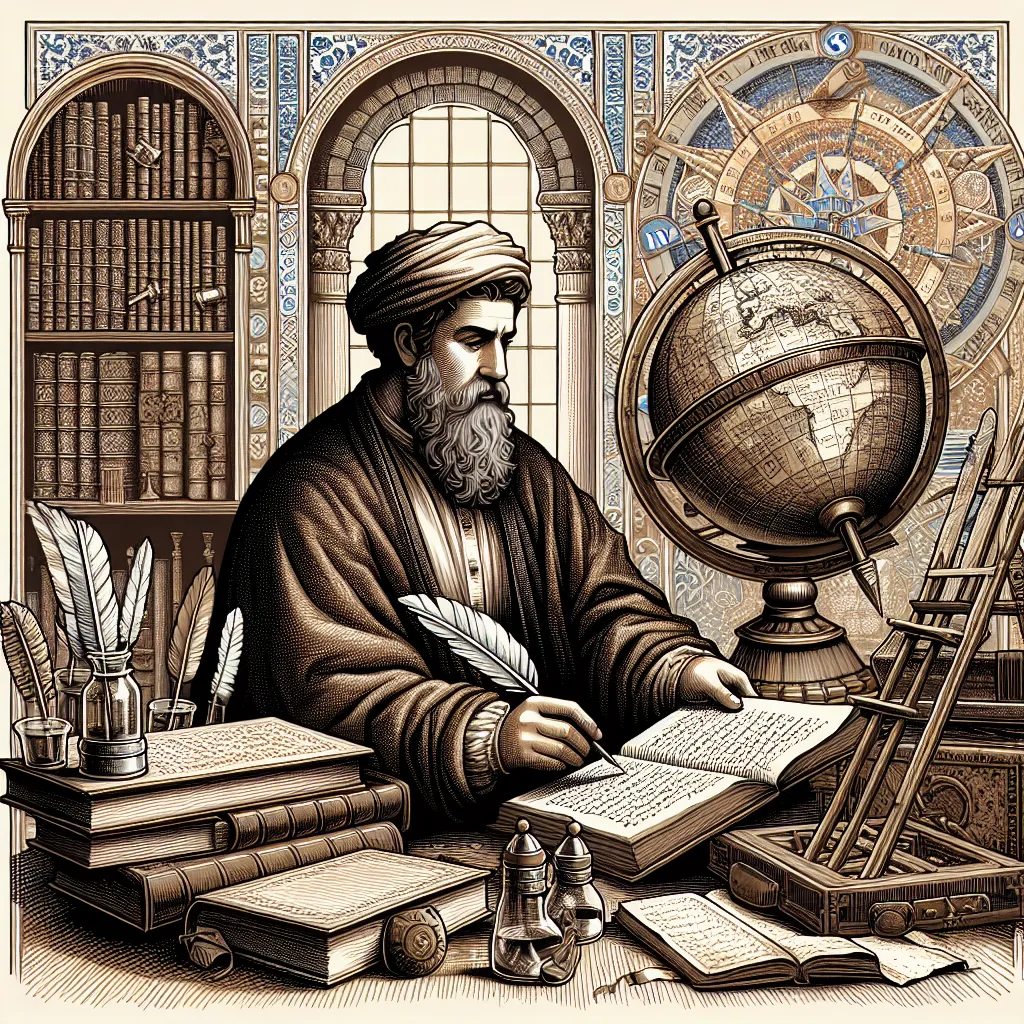As the fourth and final part of our 2023 Christmas series with eart draws to a close, there’s a chance we might continue this lovely tradition next year. After all, we’ve relished delving into eart’s sermons, exploring the deeper, mystical aspects of Christmas. It’s been a delightful journey, tuning ourselves into the holiday spirit by contemplating the profound implications and theological dimensions of this significant time.
Christmas, for eart, signifies the birth of the Sun—an event not confined to time but one that unfolds in the soul’s depths and in the eternal present, where our true home exists. This theme of birth has echoed through all the sermons we’ve examined, each time from varied perspectives—philosophical, theological, or mystical.
Now, lighting the fourth candle on Christmas Eve has its unique traditions in Sweden. Unlike many parts of the world, where Christmas celebrations peak on the 25th, Swedes gather on the 24th. They feast, watch Mickey Mouse and Donald Duck at 3 PM—a quirky yet cherished tradition—and find solace in the company of family. This seasonal light in the dark Swedish winter emphasizes the profound social functions of rituals and celebrations, highlighting unity, love, and a break from the year’s harshness.
In these sermons, particularly prominent is the idea of the divine birth within us—a mystical and metaphysical birth rather than a purely historical one. This concept reminds us to turn inward, away from the distractions and multiplicities around us, and return to our soul’s ground, where true divine experience occurs. Eart emphasizes that this birth is about unknowing and detachment, allowing God’s grace to pour into our receptive emptiness.
One of the most significant and beautiful messages comes from the images of God waiting just at the door of our hearts, longing a thousand times more for us than we do for Him. This striking metaphor underscores the immediacy of the divine presence—we only need to open up.
Love, as discussed, is the ultimate bond—the fisherman’s hook we’re caught by, leading us inevitably towards union with the divine. This love, which overcomes all earthly hindrances, profoundly changes one’s perspective, making every action or moment a direct experience of God’s presence. The more we are caught by love, the freer we become, aligning our entire being with divine will.
In conclusion, these themes and messages resonate deeply with the essence of Christmas—the celebration of light, family, giving, and love. This series has been a cherished exploration, and I hope it has illuminated your holiday season, bringing warmth and deeper meaning. As we wrap up, I wish you all a merry Christmas, happy holidays, and a bright winter season. May you find love and light in your life, embodying the spirit eart so profoundly described.
See you next time!






